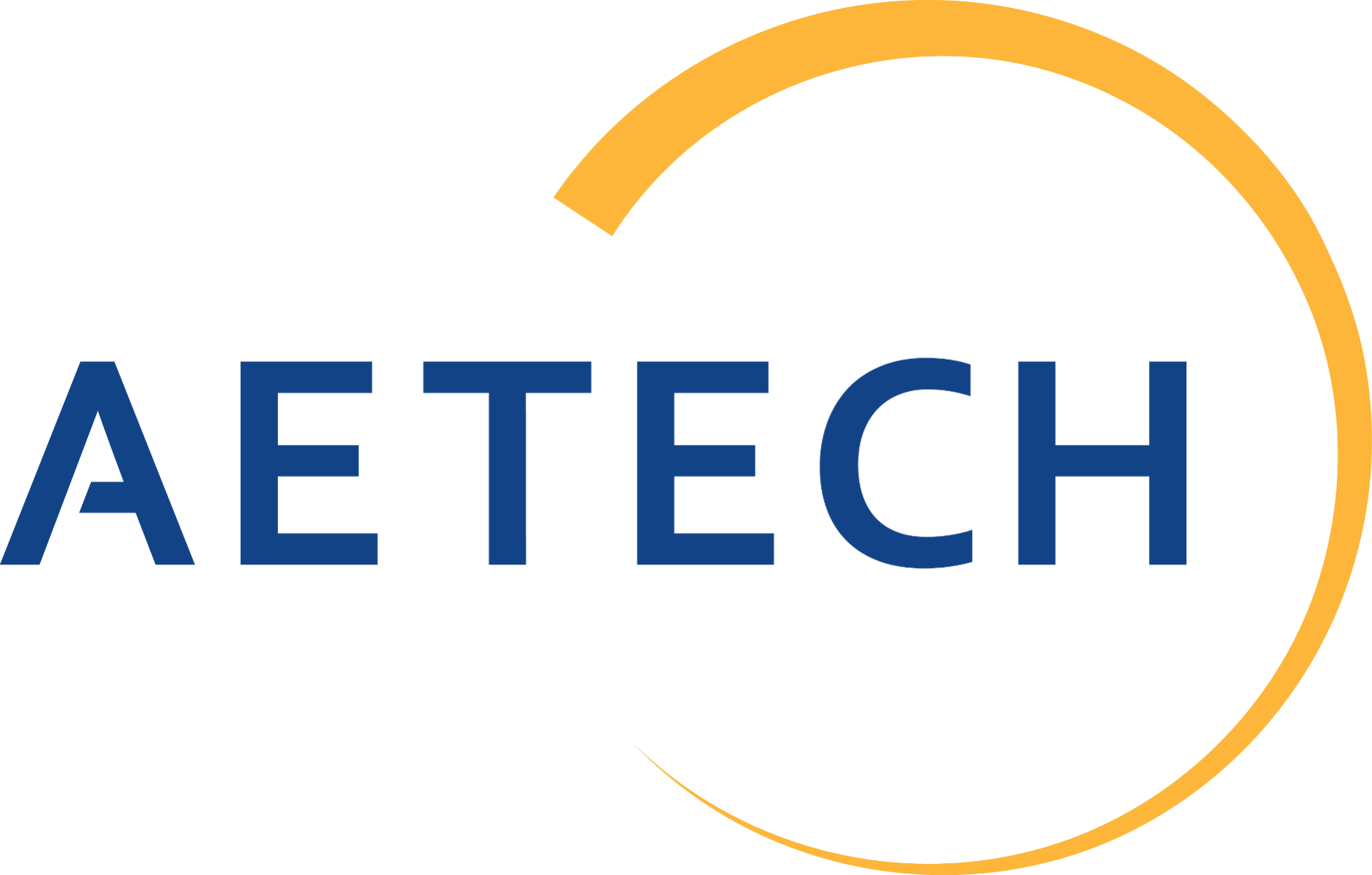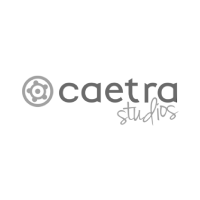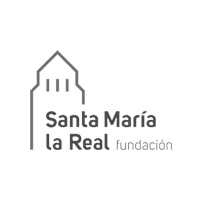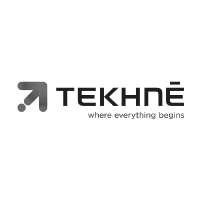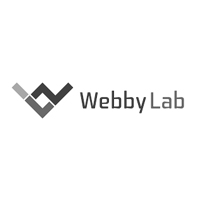Success cases
People analytics
People analytics
Solution:
People Analytics Expert System. Applies Artificial Intelligence and Big Data techniques to the information about people that is extracted from different public sources. Patterns are identified and profiles are elaborated to help gain greater knowledge about people and predict their behaviour. This enables the system users to make decisions on the basis of objective data.
GO0D MAN
aGent Oriented Zero Defect Multi-stage mANufacturing
Solution:
The project aims the development of Zero-Defect Manufacturing (ZDM) strategies in multi-stage production systems, through the integration of quality control and process control using cyber-physical systems, intelligent inspection systems and advanced data analysis tools. As result, it will be possible the earlier and real-time deviations and patterns, and consequently to avoid the occurrence of defects in the stations and their propagation to posterior processes.
GRACE
Integration of Process and Quality Control Using Multi-agent Technology
Solution:
Development of distributed production control systems integrating process and quality control levels using multi-agent systems principles and self-adaptation procedures to support variation and fluctuation in processes and products.
ARUM
Adaptive Production Management
Solution:
Development of mechanisms focusing the achievement of faster and more adaptive ramp-up processes using multi-agent systems.
PERFoRM
Production harmonizEd Reconfiguration of Flexible Robots and Machinery
Solution:
Conceptual transformation of existing Production Systems towards plug&produce production systems to achieve flexible manufacturing environments based on rapid and seamless reconfiguration of machinery and robots as response to operational or business events.
DiASpORA4.0
The development of Automated Simulation Models based on Industry 4.0 for the Agrifood Industry.
Solution:
The objective of this project, conducted in 2017 and 2018, was to develop digital models to simulate three production processes, which the participating industries had identified as critical. To do this, a series of variables were identified (cycle time, raw material supply times, goods delivery times, the times between machine breakdown or the level of an intermediate stock) and were analysed in a simulated environment that resembled a real setting.
The simulation of the digital twin achieved a hybridisation of the physical and digital worlds by including, in the model, real data from the process. As a result, a digital model has been developed which is capable of predicting the behaviour of the physical model and of modifying it according to the established optimisation objectives.
The design of Vitartis' 4.0
The design of Vitartis' 4.0 strategy for the agro-food sector in Castile and Leon
Solution:
The objective of the project, carried out in 2016, was to perform an Industry 4.0 diagnostic for several of Vitartis' partner companies. The diagnosis considered several areas: processes and technologies, human resources, market, communication and business model.
In the design phase of the strategy, the analysed data was integrated and compared with the data obtained in other studies and reports. The results showed the degree to which the agro-food companies in Castile and Leon were exploiting the benefits offered by 4.0 technologies. This made it possible to draw up a series of measures to be implemented by the AEI (Spanish State Research Agency) in the field of Industry 4.0.
Vitartis' 4.0 Collaborative Project Accelerator
Vitartis' 4.0 Collaborative Project Accelerator: Cyber Security, Telecommunications and Advanced Methods for the Optimisation of Production Processes
Solution:
The objective of the project, carried out in 2017 and 2018, was to support and assist Vitartis companies in the search for the opportunities that arise from digital transformation and in overcoming the challenges associated with adapting the industry 4.0 concept to the food industry. The project focused on cybersecurity, telecommunications infrastructure and on identifying new opportunities that arise from optimization of production processes in the agrifood industry. In addition, the implementation of digital transformation projects was promoted through the creation of a project accelerator.
AGROFOOD SECTOR 4.0 LAUNCHER
AGROFOOD SECTOR 4.0 LAUNCHER: Benchmarking Aimed at Optimizing Production Processes and Accelerating Collaborative Projects
Solution:
The objective of the project was to support and accompany Vitartis’ companies in the identification and implementation of industry 4.0 solutions that increased the sustainability and efficiency of production processes, developing strategies for the cultural transformation of industries and the implementation of Industry 4.0.
iDIGIT4L
R&D for the transformation of industrial sectors and infrastructures: Digitization and its intelligent and predictive implementation
Solution:
The main objective of the iDIGIT4L project is to research and develop a digitized ecosystem where people, objects and systems are involved in the intelligent and predictive transformation of industrial processes. This project addresses the concepts of Industrial IoT Gateway and Distributed Digital Twin for the virtualization of assets. AI-based adaptive learning is used to optimize processes and product quality. The project employs non-intrusive IoT sensors, providing retrofitting and convergence solutions for industrial asset management. These solutions are suitable for all assets, regardless of their level of digitization. Learning methods and tools are developed using information about people, assets and processes. They provide immersive training and specialised remote assistance to workers and they visualize complex data in real time, all this thanks to the use of analytical dashboards and technologies such as Augmented Reality. The developed platform offers a flexible virtualization method for industrial environments, which integrates, in a non-intrusive manner, status and operation indicators from various heterogeneous sources. This information makes it possible to define a Digital Twin with human-machine interfaces and their predictive models. The developed platform has sufficient intelligence to make timely decisions in real time; it has the ability to predict any deviations in behaviour and record the risk interval in which failures are triggered. Furthermore, visualization in Augmented Reality or Virtual Reality is possible at the industrial plant, making technology available to the people that work with machines. Thus, the staff become a part of the Digital Twin, which provides them with knowledge about everything that is happening. Data may be visualized on connected devices such as smartphones, tablets or Augmented Reality glasses, allowing the staff to analyse and interact with real-time data. Moreover, the ease with which data may be visualized facilitates the development of methodologies for operation improvement or fault detection in machines, through the measurement of different variables such as temperature, consumption or operation curve.


